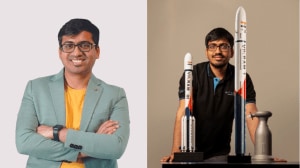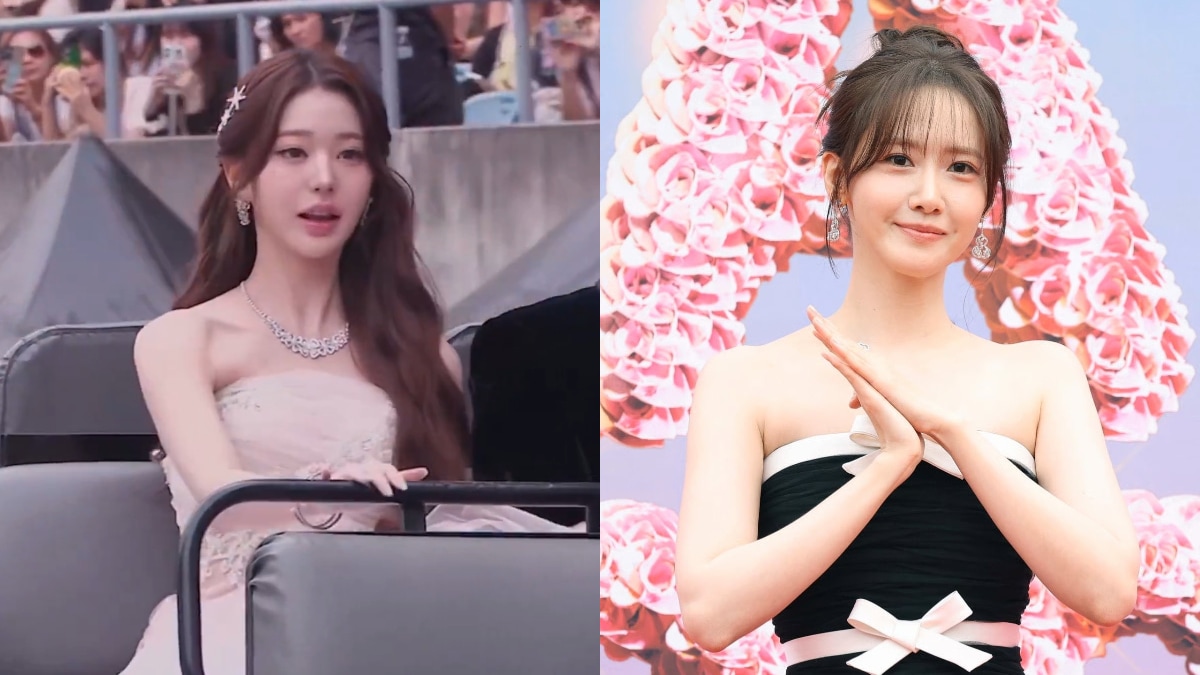
Republic Day 2024
Republic Day in India, celebrated every year on January 26th, is a momentous occasion that marks the day when the Constitution of India came into effect in 1950, transforming the nation into a sovereign, secular, and democratic republic. This day commemorates the long struggle for independence and the dawn of a new era of self-governance after centuries of British colonial rule.
The significance of January 26th dates back to 1930, when the Indian National Congress proclaimed the Declaration of Indian Independence (Purna Swaraj) as opposed to the British-regulated Dominion status. This day was chosen to honor the declaration and the fight for a free India. The Constitution of India, drafted by Dr. B.R. Ambedkar and the Constituent Assembly, was adopted on November 26, 1949, and officially came into effect on January 26, 1950. This historic transition turned India into the world’s largest democracy, giving its citizens the power to govern themselves by choosing their government.
Republic Day is celebrated with great enthusiasm and patriotism across the length and breadth of India. The main event takes place in the capital city, New Delhi, at Rajpath, where a grand parade is held. This parade is a vibrant display of India’s military strength, cultural diversity, and rich heritage. It includes a showcase of advanced military equipment, and the Indian Armed Forces (Army, Navy, and Air Force) display their might with various military bands, regiments, and contingents marching in perfect synchronization.
One of the highlights of the parade is the display of tableaux from various states and central government departments, depicting the cultural and historical richness of India. These tableaux are a visual treat, showcasing the diverse dance forms, art, and historical events of different regions. The parade also includes performances by school children and folk artists, bringing a colorful and festive atmosphere to the event.
The President of India, who is the Commander-in-Chief of the Indian Armed Forces, presides over the parade. The event also sees the presence of a chief guest, usually a head of state or government from a foreign nation, symbolizing India’s diplomatic relations and its role on the global stage.
Republic Day is also an occasion to honor the brave soldiers and citizens who have contributed significantly to the nation. Awards like the Ashoka Chakra, Paramvir Chakra, and Vir Chakra are conferred on the day.
Across the country, the day is celebrated in schools, colleges, government and private institutions with flag-hoisting ceremonies, cultural programs, and patriotic songs. Citizens adorn their homes and streets with the tricolor, reflecting the national spirit.
Republic Day is not just a celebration of India’s past but also a day to reaffirm the country’s commitment to unity, integrity, and the principles of justice, liberty, equality, and fraternity as enshrined in its Constitution. It’s a day that reminds every Indian of their rights and duties towards the nation and fosters a sense of national pride and responsibility.
In essence, Republic Day is a reflection of India’s journey as a republic and its aspirations for the future. It’s a day that binds the diverse fabric of the nation into a singular thread of patriotism and pride, celebrating the spirit of unity in diversity, which is the essence of India.
Read More
Related News























